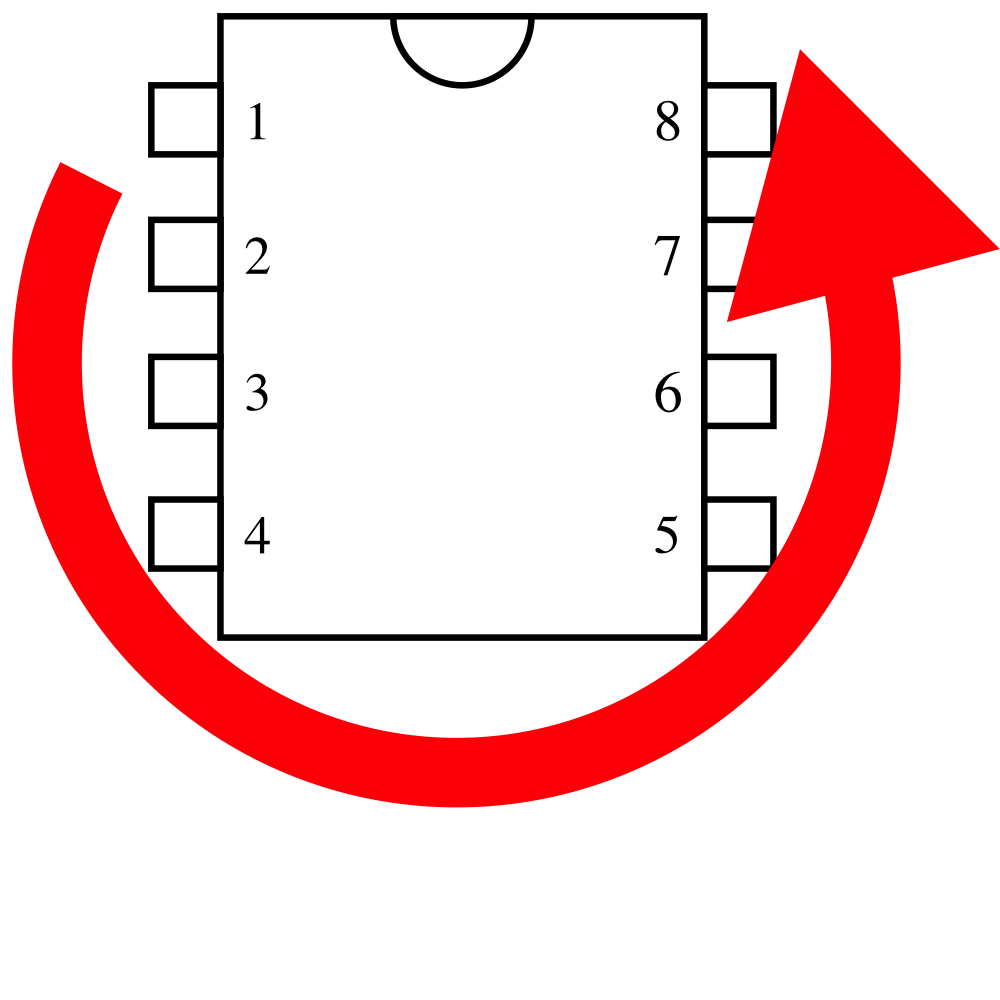
You can leave Do Not Disturb mode at any time by clicking on your user icon in Slack > Pause Notifications > Resume notifications.Ĭustomize when you would like to enter DND mode from settings inside Slack (/cw settings) or inside the chrome extension.
Get clockwise how to#
How to set up automatic Do Not DisturbĮver get distracted by Slack messages when you're in a meeting? Or when you're really trying to get work done? Clockwise for Slack will automatically put you into "Do Not Disturb" mode in Slack, so you don't see any Slack notifications during those times. If you want to change the category of a meeting, you can do that from inside the Clockwise chrome extension. You can also customize the categorization of an event by clicking on the event and selecting a category from the drop-down under the event title. * This includes Focus Time events you've scheduled manually using Google's Focus Time event type.Ĭlockwise categorizes your time automatically. Blank – no description, shows when you're in fragmented time, in a meeting that Clockwise has categorized as not a true meeting (a hold, travel time, etc), and on weekends.īased on the meeting setup, you may also see this emoji in accompaniment with any of the above:.The current phase of the moon – Before Working Hours or Outside of Working Hours (via Clockwise).

🗓 – In a "meeting category" Meeting (via Clockwise) (For example: 🗓 In an external meeting (via Clockwise)).The different options for the statuses are below: Clockwise will only sync events categorized in Clockwise.


Click on your settings in Clockwise by opening Google Calendar, navigating to the Clockwise panel, clicking menu, and selecting Settings.Only that you are "In a meeting" and the category of that meeting. Don't include calendar event titles - No event titles will be displayed.
Get clockwise full#
However, if your calendar is private to some or all people within your organization, Clockwise will still display the full titles of your events. If you mark an individual event as "private" we will not sync the title of that event.
Get clockwise update#

We’re going to assume that we’re using a function like that exists in many programming languages. In the cases where the angles are equal, or the first distance is less than the second distance: The function returns in the cases where the first angle is bigger than the second angle. Our function then calls the and functions for each pair of points.


 0 kommentar(er)
0 kommentar(er)
